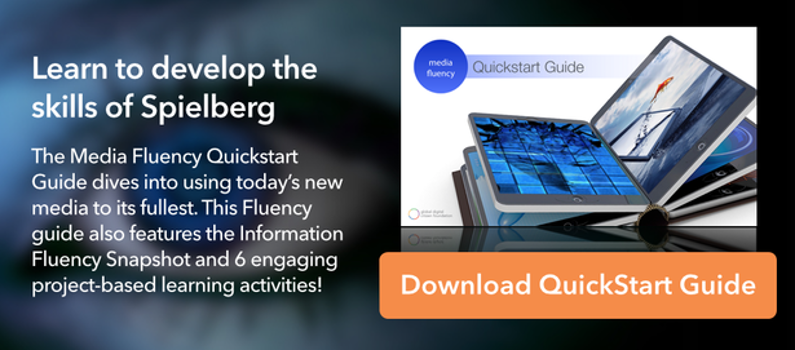Storyboarding 101: A Creative Conversation with Ridley Scott
The art of storyboarding is the art of visual learning. Take a series of images, block them together along a logical yet creative timeline, and you're treated to a powerful story. It becomes a tale that allows your own imagination to fill in the blanks. You hear the voices, you feel the movements and impacts, and experience the smells and sounds for yourself in your own unique way. In essence, the storyboard becomes the film in your own mind's eye, and it's personal. It's yours.
Essentially, a storyboard is a type of graphic organizer that tells the story in what a filmmaker would call a series of frames. Storyboarding and its process has its origins back in the 1930s when it came into widespread use at Walt Disney Productions.
 A storyboard for The Radio Adventures of Dr. Floyd episode #408 drawn by Tom Ray. (September 20, 2013)
A storyboard for The Radio Adventures of Dr. Floyd episode #408 drawn by Tom Ray. (September 20, 2013)The effectiveness of storyboarding is why comics and graphic novels are becoming so increasingly complex and gaining so relentlessly in popularity. Even digital storytelling is largely visual in nature, where a storyboard can come alive through animation. Storyboarding is praised by many directors who couldn't imagine doing a film without it. For them, it's as essential as hiring actors to play the roles.
What storyboarding ultimately means for students, however, is communication, expression, and personal development. It's a way to break through creative barriers and develop critical thinking and problem-solving skills. It is, as we're about to discover, all about beginnings.
Discussing Storyboarding With a Master
The video below features one of Hollywood's finest storytellers and renowned filmmakers, Sir Ridley Scott. The director of landmarks such as Alien and Blade Runner, Scott spent 7 years in art school, including 3 at the Royal College of Art in London. As such, he learned early on to explore filmmaking through the lens of visual art.
As you'll learn in the video below, storyboarding inspirations and motivations are everywhere and in everything, and in the simplest and most personal of perceptions. It's sage advice from a master for any student engaged in a project that's visual in nature.
The main point? Get something down. Begin the creative process with a word, a sketch, a colour—anything that helps you, as Scott says, "get rid of the white canvas."
Creative processes can be daunting and tough. This is true of storyboarding, painting, blogging, and many other things that challenge us creatively. Beginning, however, is the first step to success.
Enjoy this look at Storyboarding 101 with Ridley Scott. And one final message to students everywhere:
Go get rid of that white canvas.
[mf-quickstart-guide]

